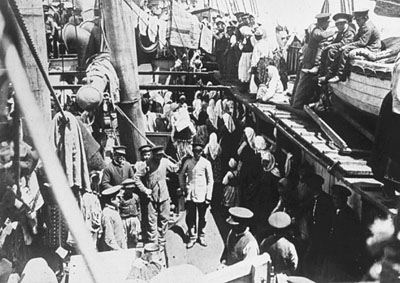Article
Clan (Indigenous Peoples in Canada)
Clan has been used to designate social groups whose members trace descent from either male or female ancestors. For the Indigenous people in Canada, the term has been used most often to designate groups based on unilineal descent. This means that a person belongs to the clan of either parent.











